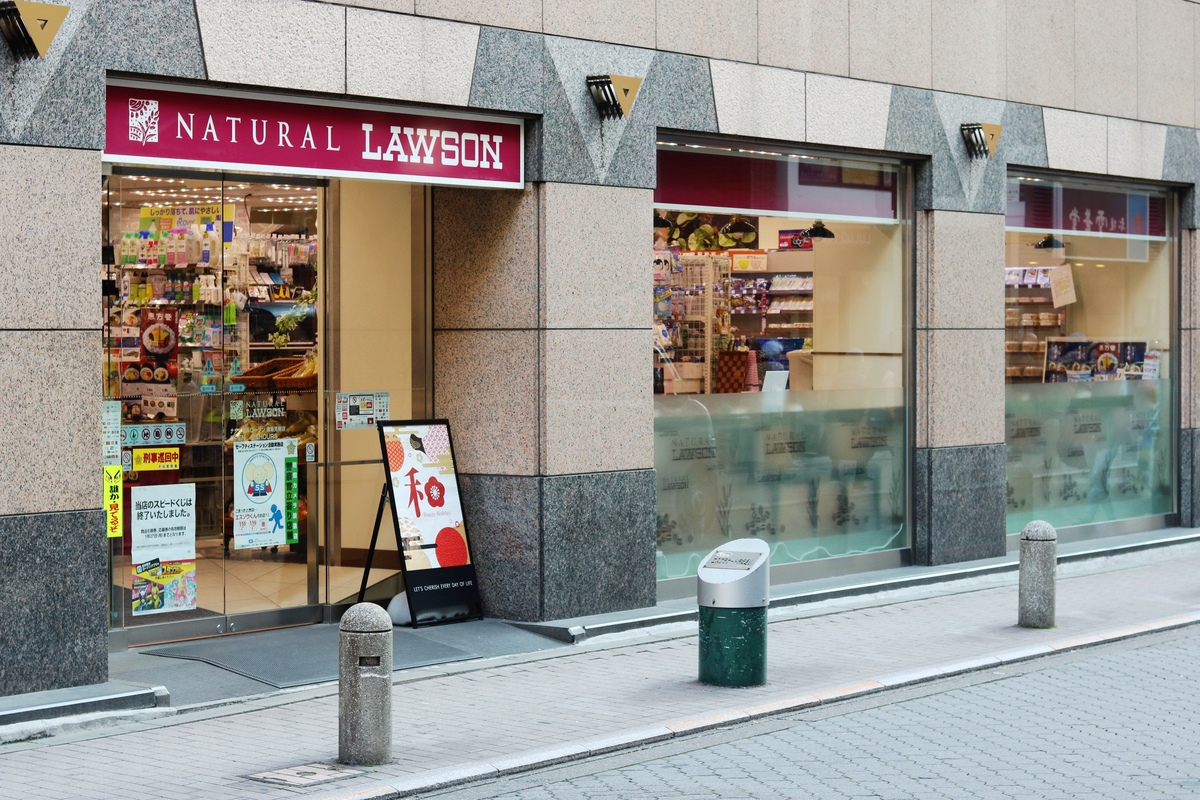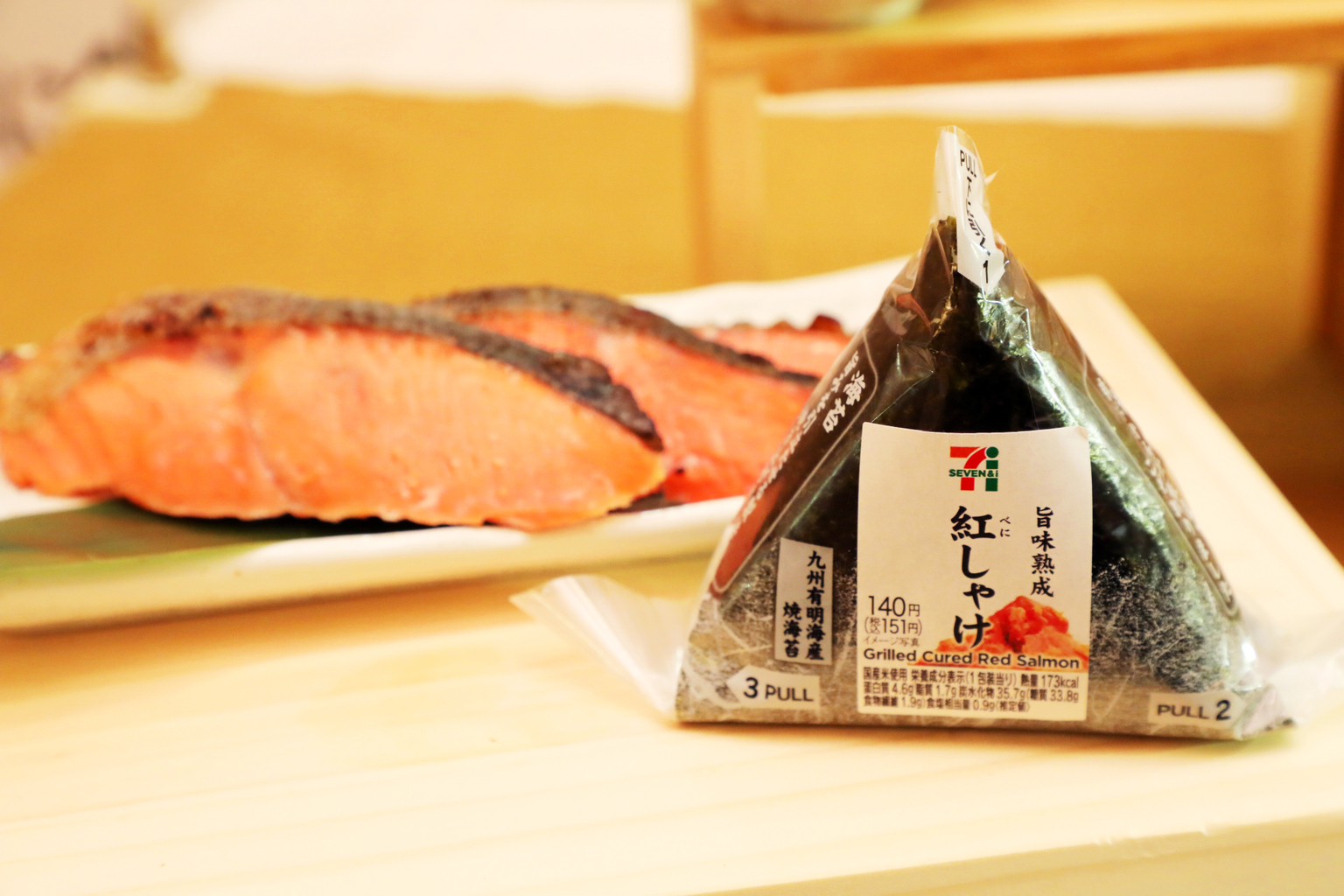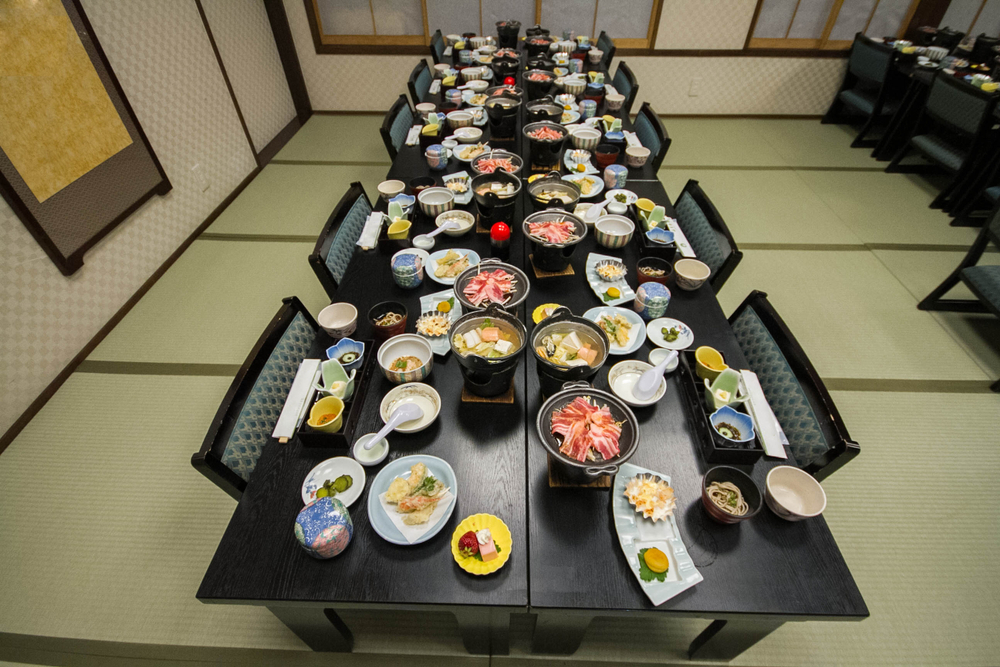When most people begin their study of reading and writing Japanese kanji, they often learn numbers, days of the week or other simple characters such as “river” and “mountain.” I began mine with “wheat,” “barley,” “rye,” “malt” and the katakana for “gluten-free.”
My daughter has celiac disease. If she eats any of these foods or products derived from them, her immune system will attack her digestive system, damaging her insides until her body can’t absorb nutrients. When she was 10, my family and I decided to move to Japan for work. We arrived in Tokyo with allergy explanation cards and a smattering of Japanese to help us feed her safely.
Navigating the food industry with a child with allergies in your home country isn’t easy. Doing it in Japan when you don’t speak the language is even more difficult. But a gluten-free Tokyo experience is possible and worth it. All children should be able to experience the beauty of Japan and its delicious foods.

Shannon Cothran and her daughter Aurora. Photo by Michael Pera.
Author’s note: Talking about celiac disease and gluten-free diets can be controversial because people disagree on whether this diet for an auto-immune disease should be referred to as an allergy and also on what it means to eat safely. Celiacs choose their own level of care when it comes to eating. For this article, I’m going to refer to the diet as an allergy since celiacs rely on allergen labeling to eat safely. I personally let my daughter eat anything that doesn’t contain gluten, including products made in the same factory as gluten-containing foods. When coming to Japan, you’ll have to decide what is your comfort level.
In my experience, if you happen to be in Japan with celiac disease, Tokyo’s the best place to be. The city’s full of what I call GF-friendly restaurants — places with somewhat knowledgeable staff and menus offering some dishes free from gluten-containing ingredients. It also has several 100 percent gluten-free spots.

Finding Gluten-Free Restaurants and Groceries in Tokyo
The day our plane touched down in Japan, our first stop was Bikkuri Donkey. Before we came, I had discovered a Facebook group called Gluten-Free Expats Japan. This group is a gold mine for celiacs. With more than 5,000 members, many of whom currently live in Japan, the page is full of up-to-date information on gluten-free Tokyo options as well as the rest of Japan. Members of the group had recommended Bikkuri Donkey’s allergen-friendly meal.
There are a few chain restaurants in Tokyo that offer at least one safe entrée for people with food allergies. This means my daughter knows exactly what she’s going to eat before we walk in the door since there is only one option, but we are grateful for that choice. Besides Bikkuri Donkey, we now frequent MosBurger, Blue Bottle, Denny’s, and Coco Ichibanya.
When we have time to hop on a train to another neighborhood, we stop at one of the city’s completely gluten-free restaurants or bakeries. Our family favorite is Gluten-Free T’s in Roppongi. They offer a menu of Japanese dishes such as tempura, gyoza, and yakisoba.
For faster food, 7-Eleven has some safe products, including salmon onigiri, Häagen-Dazs vanilla ice cream and rice crackers as well as bagged fruit and nuts. There is also a chain of convenience stores called Natural Lawson with clearly marked gluten-free foods.

For gluten-free groceries, Costco is my best friend. I also order from Amazon: Nippon Ham certified gluten-free bread is delivered frozen and my kid can’t get enough of Onishi’s non-allergen rice cookies. For buying gluten-free staples that are hard to find in Japan, iherb.com is a lifesaver. When I’m looking for specialty foods like Christmas cakes, I use GFGuideJapan.com. This website has a map showing gluten-friendly spots around the nation and a blog detailing gluten-free products. For my celiac friends who are just visiting Japan, I suggest they take a gluten-free tour of Asakusa with Foodie Adventure Japan.
Quick Tips on Eating Gluten-Free in a Pinch
There might be times where there isn’t a gluten-free restaurant nearby or you don’t have time to research an unknown area of the city. One safe food option is a yakiniku restaurant where you grill your own meat at the table. For seasoning, ask only for salt and get some sesame oil for dipping. A bit of Google Translate can go a long way, even if you don’t speak a lick of Japanese. Going to an Indian restaurant is another option and the staff will often speak English well. Temples and festivals have kiosks selling baked potatoes with butter or yakitori sticks with salt. You can carry your own furikake for seasoning plain rice and your own salad dressing packets.
View this post on Instagram
Challenges of Being Gluten-Free in Tokyo
We did run into some difficulties adjusting to eating gluten-free in Tokyo. We struggled with allergen labels on products when we first arrived. Here there are seven allergens that must be disclosed on labels and menus plus 20 that are recommended to be disclosed. Wheat is one of the seven, but barley goes unlabeled in many products and is extremely popular in Japan whether it be barley rice, barley tea, juice (aojiru), malt or mizuame. Mizuame is a product that is much like America’s high-fructose corn syrup. It’s made from either potatoes and corn or malt and the label doesn’t have to list its origins. Mizuame is by far the most frustrating aspect of eating gluten-free in Japan because it’s in almost everything, including Japanese Snickers bars and some ice creams.
Another difficult aspect is being turned away from restaurants and ryokan. Even though my Japanese has gotten good enough to explain my daughter’s diet and that her allergy isn’t life-threatening, we’ve been turned away from at least a dozen restaurants whose staff don’t want to take a chance on feeding a child with a food allergy—they wouldn’t even serve her plain rice.

Classic ryokan dinner
While there have been some trials, there have been plenty of wonderful people who have helped make our time in Japan delicious. My friend Miho took me shopping and read ingredient labels with me for hours. I am also thankful for the kindness of the two women who ran a fast-food kiosk and agreed to make my daughter something off-menu when no one else would. Then there’s Reiko Yoshida, an activist who runs Graceful Food and is working to educate members of the Japanese food industry about gluten-free food. You, too, will surely meet some amazing Tokyoites who will help you safely feed yourself or your child.
Don’t give up: Ask the next restaurant if you can eat there, even if you’ve been turned down five times straight. You never know who will say yes and help you out.
Here is another guide on how to prepare for your trip to Japan if you have other food allergies.
Updated On December 28, 2022








